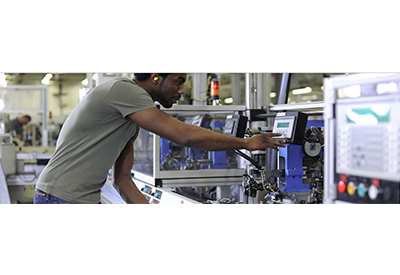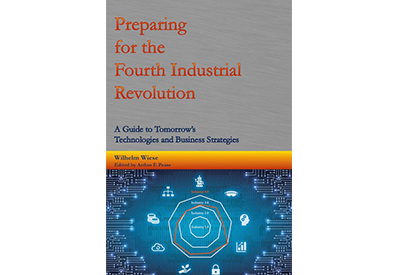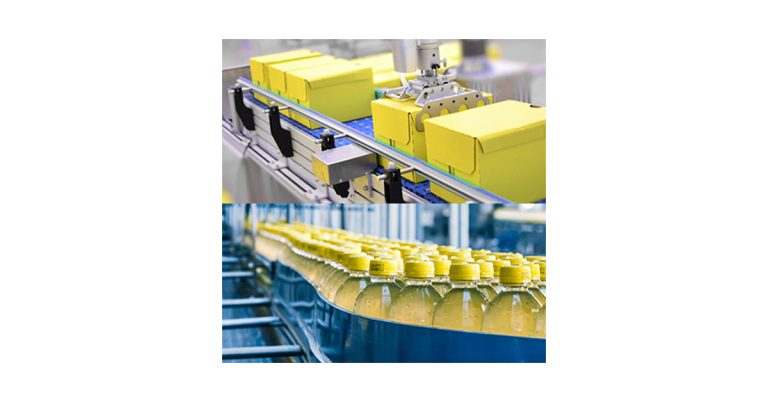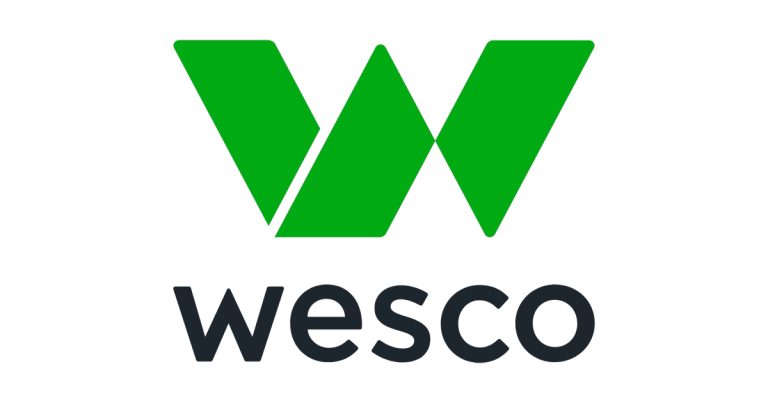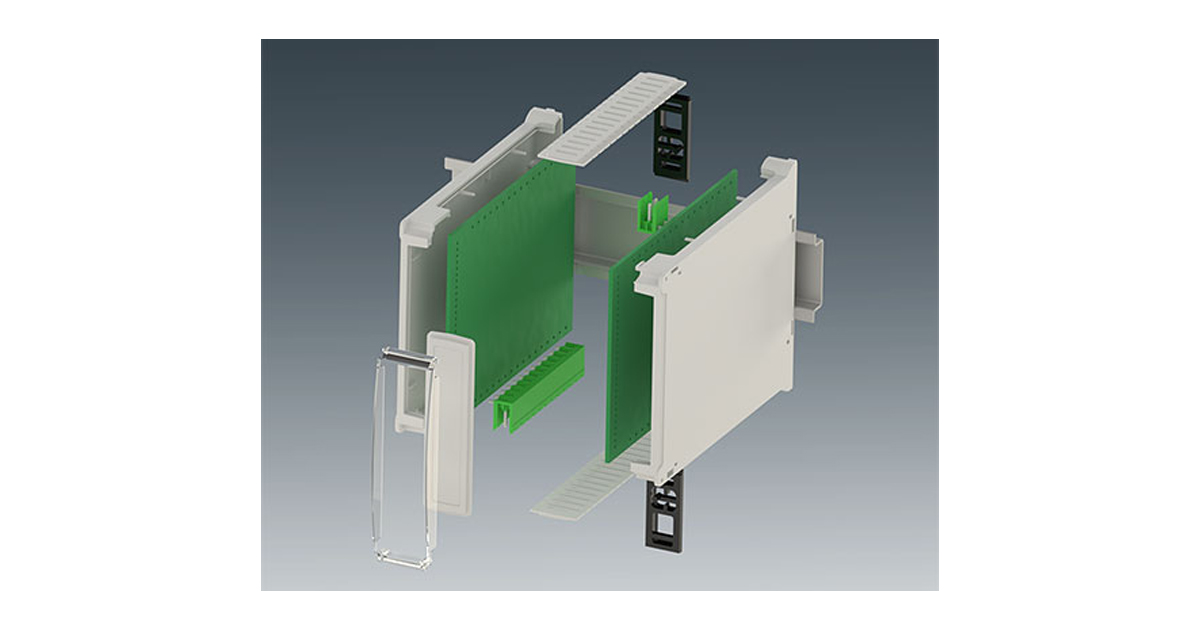How Artificial Intelligence Can Serve As a Bridge Between IT and OT
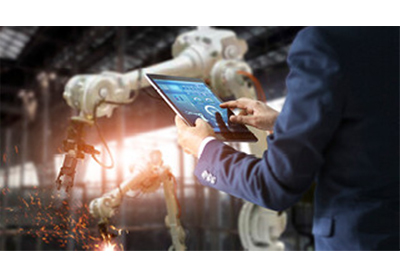
January 26, 2021
Much has been said about the potential of big data and artificial intelligence (AI), and there’s still a hope that some AI technologies will eventually become plug-and-play solutions. At the moment, however, false positives and false negatives remain prevalent, and it’s likely that these may never completely stop occurring.
That said, AI is still a useful technology with the right business case, and it’s likely to play a major role in the factory of the future. Already, the growing amount of data available from factory equipment has made it possible to successfully use AI for predictive maintenance purposes. It’s time for companies to start thinking about how to harness AI for their facilities.
Understanding the divide between IT and OT
Implementing an Industry 4.0 solution requires constant access to data. To use this data in a secure manner, companies must consider ways to overcome the traditional separation of information technology (IT) and operational technology (OT) systems, which is currently the norm. In the vast majority of companies, these two systems don’t work in harmony.
This conflict arises from the expectation on the part of OT to have complete control and priority over data at all times (since products might not be produced within quality specifications otherwise), whereas IT is typically open to new technologies that can help optimize and create new value from existing assets.
For these reasons, OT teams have an outsized interest in keeping any production-critical system as secure and infallible as possible. IT teams, on the other hand, think of security as a risk management calculation that can be accomplished relative to optimization. Both ways of thinking are important for achieving business and production goals.
If the IT and OT teams don’t fully understand each other’s needs, this will have repercussions for the overall viability of an Industry 4.0 manufacturing solution. Certain companies are taking it upon themselves to merge these two teams under a single organization. This will help both engineers and businesspeople have a common understanding of what’s possible and realistic.
How AI can help
Artificial intelligence works best when it’s based on universally agreed-upon business problems that can be solved with real-time processing of complex – yet processable – data. Although AI is often considered a sort of “black box” with mysterious and unknowable internal mechanisms, it’s most successful when applied to problems that are well understood by humans.
AI is an effective bridge between IT and OT because it combines the intelligence of manufacturing engineers, operators and other personnel with device intelligence. AI-based processes become more robust when humans are in charge of deciding what to do with collected data and determining what decisions can be made by machines.
Keeping all the data safe from bad actors is important as well. The Sysmac AI controller – an edge-based device with an embedded time series database and anomaly detection algorithm – enables manufacturers to collect, analyze, and utilize data insights directly in their production equipment with the utmost accuracy, reliability, and security.
![]()
https://automation.omron.com/en/us/blog/ai-as-a-bridge-IT-and-OT

